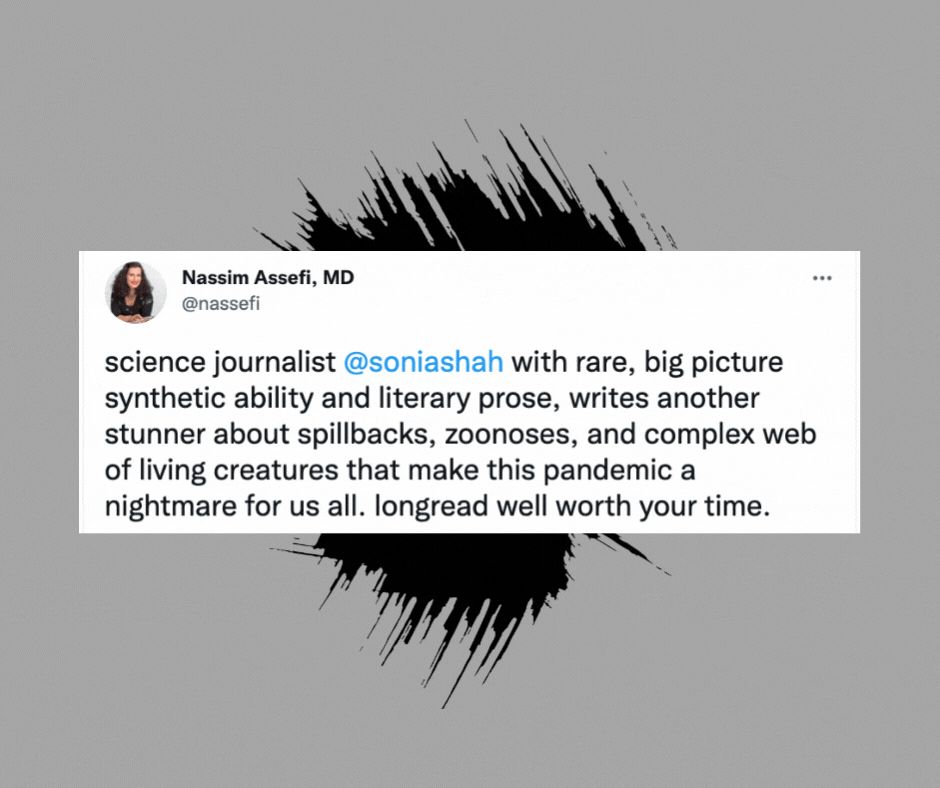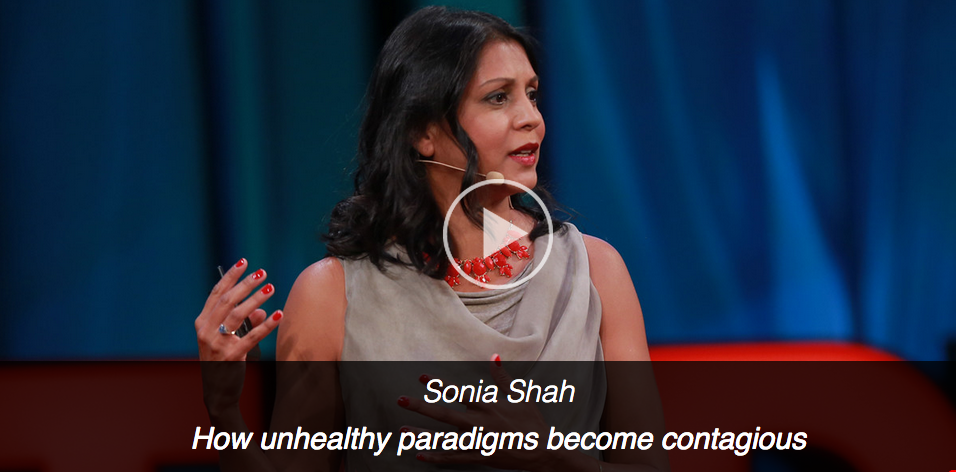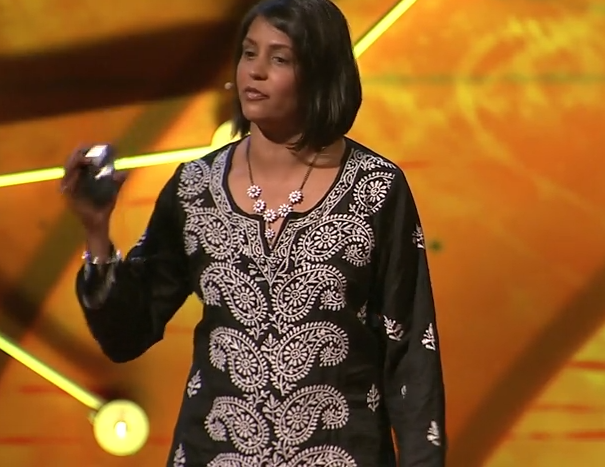The New York Times ran a piece on distributing insecticide-treated nets for malaria today. It is an old story. There were long and tedious workshops on it at the last malaria conference I went to in Cameroon two years ago. I agree that bednets should be considered a social good, but it isn’t right to assume that every net distributed is a net used (and a life saved). It may be true that the very poorest don’t buy nets, but it is also true that many people (rich and poor) don’t use free nets, either. It isn’t just a technical problem of distribution, there are larger cultural, economic, and health issues.
When I went to Cameroon, I visited villages where ExxonMobil had said it had distributed thousands of free nets; and yet the people I met at the malaria clinic there said they didn’t know a single person who actually used one. I got the same response when I asked people at a malaria clinic in Malawi, and in Panama. They said the nets are hot, that people have different priorities (like using the netting for fishing, wedding veils, curtains), that the nets get holes in them, that malaria isn’t taken seriously enough, and so on.
It sounds nice for donors to be able to say they distributed lots and lots of free nets (marketing the nets is slower), but they should also track how many people actually use the nets.













